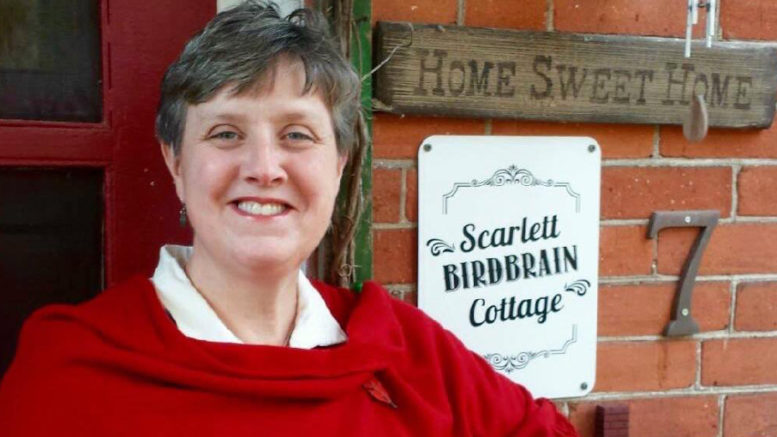Laurie Snider
Notes from the Nest
“I haven’t played euchre in over 20 years!” I offered. “I don’t even remember how.” No worries I was reassured, by my brother-in-law Murray, my new sister-in-law Jackie and my ever, supportive husband Randy, on a recent trip to Barrie for a weekend visit. “We’ll play an open hand and you’ll soon get the gist of things. Diamonds are trump.”
For better or worse, we decided it was ladies against gentlemen and thus began an entertaining evening full of laughter and a wee bit of table talk, mixed with some good-natured teasing and a bit of friendly competition. After all, that’s what game night is really all about.
Humans have been enjoying playing games since the dawn of time, when our prehistoric ancestors Grog and his wife Egnot, would invite their neighbours from the cave next door, Hairy and Brow Neanderthal, to pop over for the evening for a round or two of knuckle bones. What fun!
The ancient Egyptians were not opposed to spending a little spare time engaging in amusing diversions, partaking in games like Senet and Hounds and Jackals. The premise of Senet was the journey of the ka (vital spark) to the afterlife.
I imagine in order to win, you dare not let your spark go out. The game board for Hounds and Jackals, had two sets of 29 holes and the pieces were small sticks with either a jackal or dog head. This game must have been on the pricey side though, as the sticks were made of gold, silver or ivory. The game was depicted in the 1956 movie, The Ten Commandments, starring Charlton Heston and Yul Brynner.
Games using tiles, have been around in China for almost 3,000 years. Dominos also appeared in China, 1,000 years after that, although the dominos we’re familiar with today didn’t appear until the 18th Century. Chess is also an oldie, as far as games go. It was derived from an Indian game, “Chaturanga,”around 600 A.D. Chess also happens to be, both the most popular and best-selling board game of all time. Regrettably mates, I’m just not checked into this one.
The Chinese were also home to the first deck of cards, in the 6th Century, doubtful it was crazy-eights though! Cards didn’t reach Europe, until the 14th Century. The ones we’re accustomed to now, with the four different suits, were invented in France in 1480. Dice games, have been around much longer. Archeologists have discovered a pair of dice; the ancient Persians were rollin’ the bones with, some 3,000 years ago.
Early North American settlers were fairly pre-occupied with establishing colonies, hunting, farming and fishing, leaving little leisure time for recreation and revelry, although occasionally a round of checkers or cards was squeaked in. The Puritans of New England, frowned on playing games and felt dice were instruments of the devil. In 1826, Thomas Jefferson wrote in regards to games, “they produce nothing and endanger the well-being of the individuals engaged in them.” He sounds like a bit of a party pooper!
In the mid-18th Century, more people were now living in urban centres and games became more popular. Children’s games were frequently played to improve literary skills, as well as providing moral instructions, such as The Mansion of Happiness. It would send little ones trudging along a road of virtues and vices, with the hopeful outcome of arriving in heaven.
The 1860s’ Checkered Game of Life provided a contrast with a more secular focus, with players rewarded for things like going to college, getting married, buying a house and getting rich. It sold 40,000 copies, in it’s first year!

